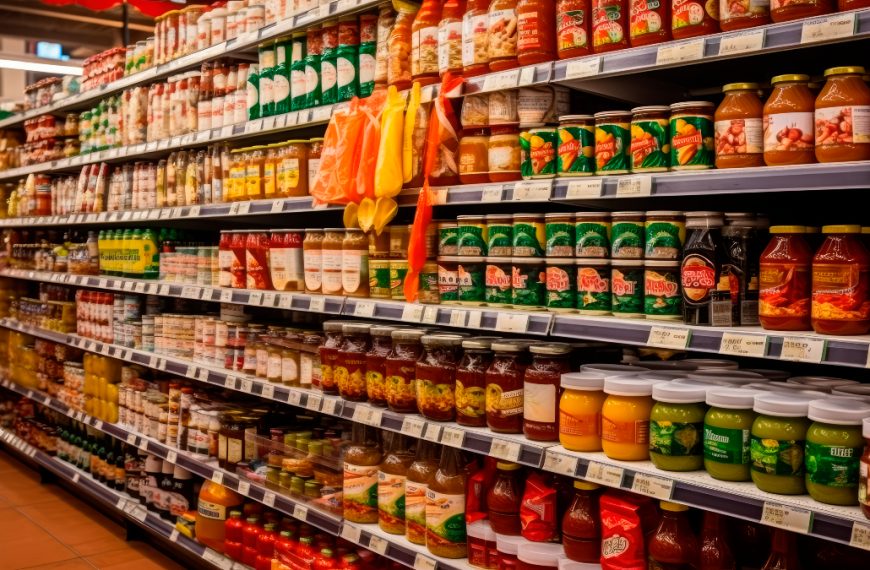Foreign Institutional Investors (FIIs) are continuing their selling trend in India, with a staggering outflow of ₹13,000 crores within just four days of April. This follows a brief pause in March. The recent turmoil in US markets, triggered by tariffs and China’s counteractions, has heightened fears of a potential global recession. As foreign investors engage in a frenzied sell-off, the question remains: will there be a shift in sentiment towards India, and is it realistic to anticipate an influx of capital from global markets?
Current Market Dynamics
Market analysts are cautious about any immediate reversals in FII behavior. The general consensus suggests that a sudden influx of funds into India is unlikely, especially given the ongoing volatility. One major concern is the sharp decline in gold prices, which has fallen by 3%—a traditional safe haven asset that is now raising eyebrows among investors.
Concerns Over Gold Prices
The recent dip in gold prices highlights the prevailing uncertainty in the financial markets. This sell-off may reflect a pressing need for liquidity among investors, which in turn could inhibit quick allocations to Indian markets.
- Market Insight: Arun Kejriwal, a seasoned market expert, expressed that while FIIs may eventually return to India, this process is likely to unfold over a longer timeline. He noted improvements in the rupee-dollar exchange rate and a decrease in the dollar index, but the simultaneous drop in gold prices during market turmoil is particularly alarming.
The Liquidity Crunch
Ajay Bagga, another prominent market analyst, emphasized the liquidity crisis that is driving FII selling in India. He explained that many funds are liquidating their Indian holdings to meet urgent financial needs. Recent reports indicate that hedge funds in the US are experiencing their highest level of margin calls since the onset of the COVID-19 pandemic. This broader liquidity crunch has led to the liquidation of not just equities but also precious metals like gold and silver.
- Key Takeaway: Despite these challenges, Bagga reassured that India’s economy remains resilient, citing that the $80 billion in Indian exports to the US is relatively small compared to the $4.2 trillion Indian economy.
Potential for Future Investments
The current investment climate raises questions about whether tariffs imposed by the Trump administration could trigger a re-evaluation of FII strategies toward India. Most experts agree that while there is a possibility for capital flows to resume, any significant change will take time. The markets need to stabilize before investors commit to long-term investments.
Kejriwal noted, “For the foreseeable future, US markets are unlikely to provide profitable opportunities, leading FIIs to proceed cautiously before diversifying their investments.”
Ongoing Challenges for FIIs
Since October 2024, FIIs have offloaded over ₹3 lakh crore in Indian equities. The strength of the dollar has further fueled the trend toward dollar-denominated assets. However, with the dollar index experiencing a 4% decline in 2025, conversations about reallocating investments away from dollar-based assets are gaining traction.
In conclusion, while the current landscape for FIIs in India appears challenging, the potential for recovery exists. Market participants will keep a close watch on global developments, particularly trade negotiations and the impact of tariffs, which could ultimately shape investment flows into India.











